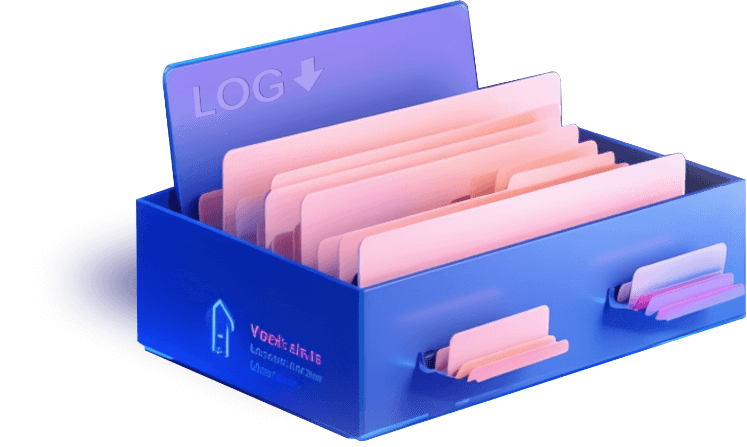Windows events
The Windows event log is a complete record of everything that happens in a Windows operating system. Some of the log info collected includes Windows application logs, security and system logs, DNS server logs, Directory Server logs, and File Replication Service logs.
Collecting the Windows event logs ensures that any anomalies or strange behavior is immediately flagged and brought to notice. It ensures better server security, workstation security, and diagnostics for problems with malfunctioning hardware components.
For example, pass-the-hash is a popular attack amongst hackers because it's used to gain account access without a password. You will need to look for NTLM Logon type 3 event IDs—i.e. 4624 (success) & 4625 (failure)—for this attack.
Another common trait among hackers is that they try to hide their presence. Looking out for event IDs 104 (event log cleared) and 1102 (audit log cleared) can help you find their presence in your network.













